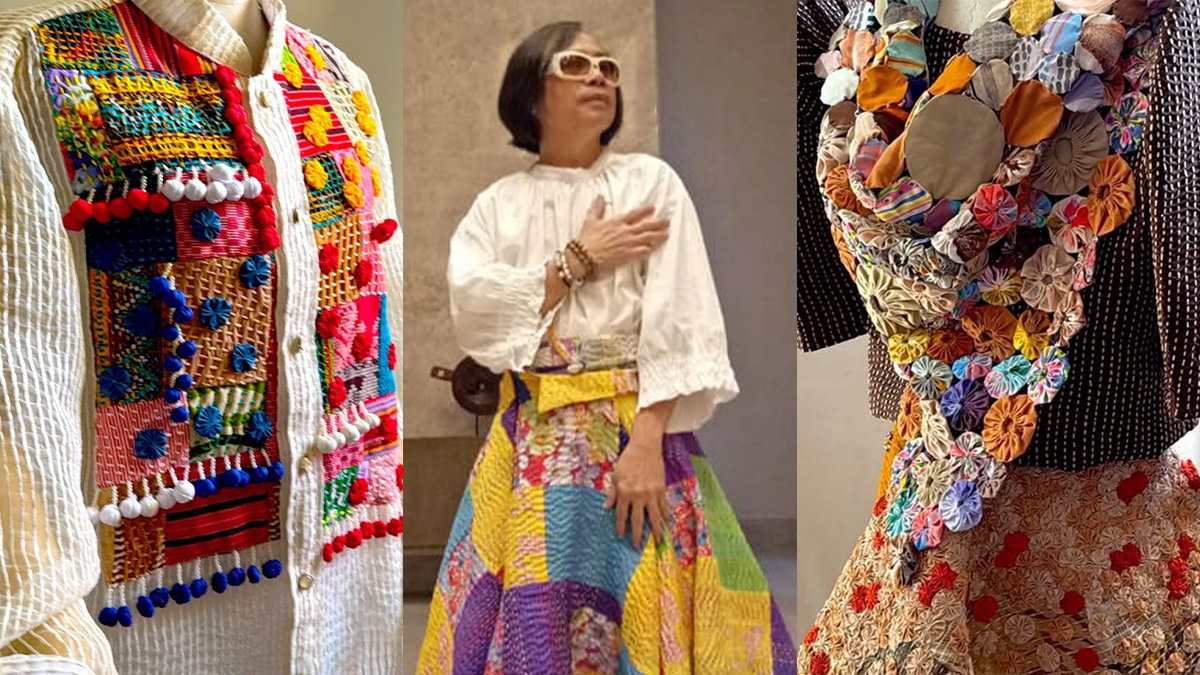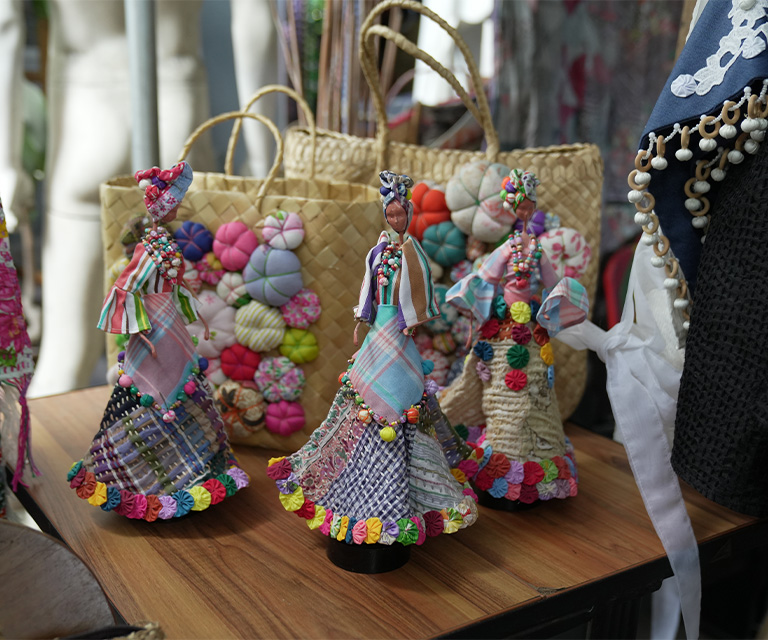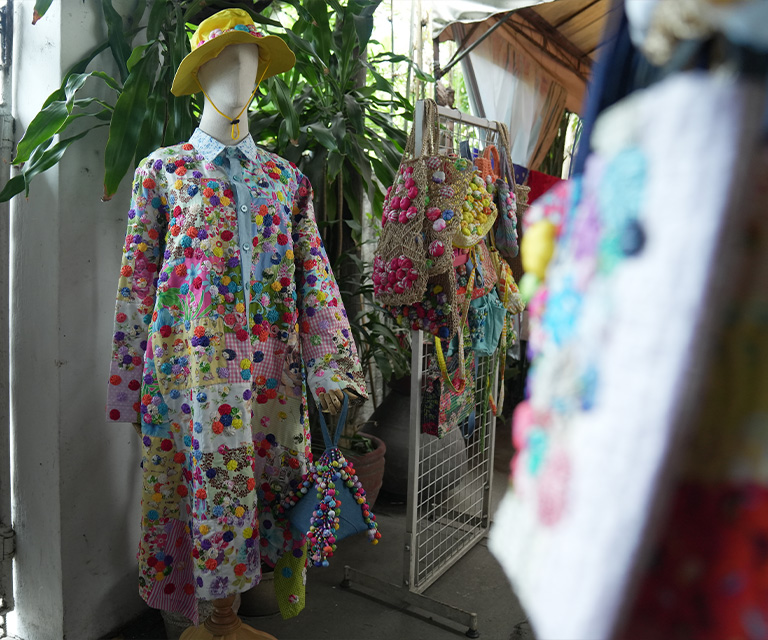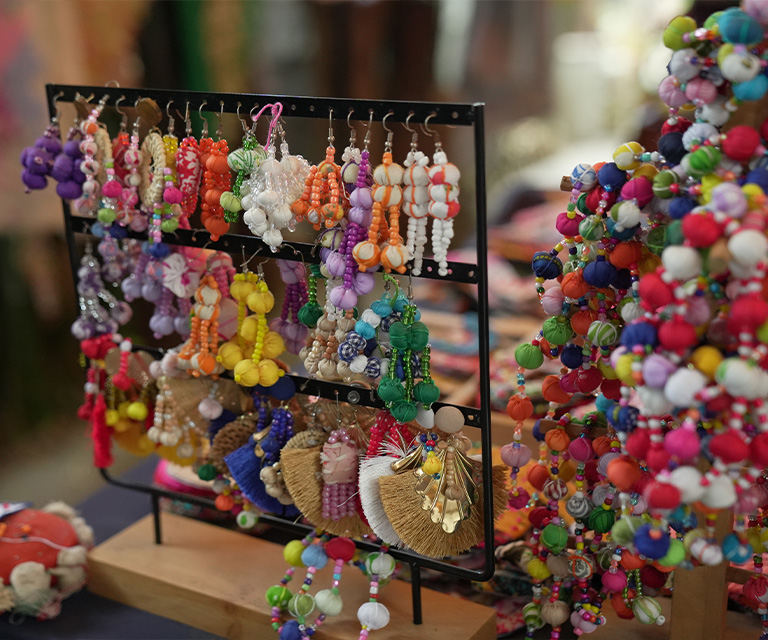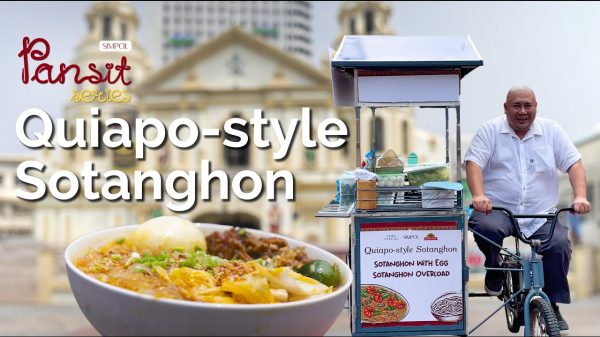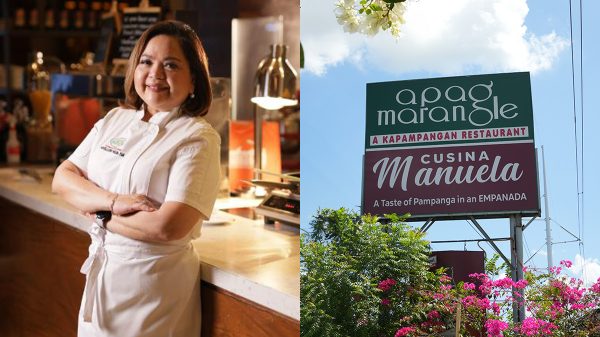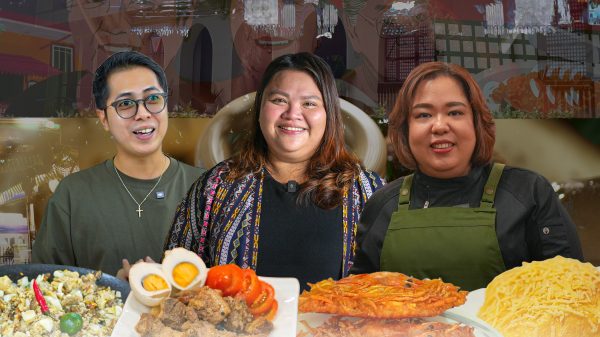Philip Torres, a renowned Filipino designer, is making waves in the fashion industry with his innovative designs and unique style.
Torres, half pensive and half eager, runs his fingers across a pile of multicolored retaso—fabric scraps saved from past projects—while sipping his morning coffee. Still half dreaming, he imagines what they might become: pieces stitched from memory, shaped by heritage, and destined for the runway.
This isn’t just fashion. It is reclamation. Of material. Of memory. Of Filipino identity itself.
Kapampangan Roots and the Art of Seeing
Raised in a close-knit community in Pampanga—a province known as much for bold flavors as for its artisans—Philip Torres Filipino designer learned early how to find beauty in the everyday.
“Kapampangans are the type who talk about food while eating food,” he says with a laugh. For him, creativity wasn’t luxury. It was survival with soul.
His first creation was a handkerchief, his name stitched under the patient guidance of sewing aunts. Summer breaks weren’t for play. They were for learning the quiet rhythm of needle and thread.
Even while studying Economics, that rhythm stayed. “I wasn’t the best at drawing,” he admits. “But I knew how to build with my hands.”
In many Filipino homes, craft is passed down like a recipe—shared quietly across generations. Torres grew up in that tradition. His lola kept scraps from old saya, curtains, even rice sacks.
“Nothing was wasted. Everything had a second life,” he recalls. That lesson—intentional beauty over novelty—stitched itself into his bones.
When the Time Was Right: The Birth of Pidayit
Torres opened his atelier in 1985, when fashion in Angeles City was still a frontier. Clients brought lush silks and brocades from abroad. They left behind the retaso. Where others saw scraps, he saw seeds.
“I couldn’t afford a fancy space,” he says. “Just a small room, a borrowed machine, and a head full of ideas. My first clients were titas and church ladies. They trusted me before anyone else did.”
He stored every scrap like an heirloom.
By 2010, he began piecing them into bold patchworks—denim with piña, modern boleros layered with butterfly sleeves. They were traditional yet fearless.
In 2014, Torres launched Pidayit through a fundraising show for Museo ning Angeles. From the Kapampangan word pidayit-dayit, meaning to patch together, it grew into more than a label. It became a manifesto.
That first show, with its vivid reinterpretations of the terno, positioned him not only as a designer, but as a cultural storyteller.
Weaving Memory into Modernity
What defines Pidayit is its heart. Each garment is preservation and play—a fiesta of color anchored by handwork.
Older women saw childhoods revived in his pieces. “They told me it reminded them of home economics class,” Torres says. “Of watching their mothers mend linens on Sundays.”
For him, it isn’t nostalgia. It is revival. “We used to cherish the slow, the intentional, the handmade. I just want to make that visible again.”
So when his gowns graced the newly restored Metropolitan Theater in Manila, an Art Deco jewel, the moment felt like alignment of purpose and place.
The message was clear: Filipino tradition belongs in the spotlight, not the storage trunk.
Retaso as Resistance
The global fashion machine runs on speed and waste. Torres moves differently.
Every textile choice begins with a question. Is it ethical? Is it sustainable? Will it last?
“Each time you wash polyester, microplastics go into the ocean,” he explains. “And then into fish. And then into us.”
His answer is reuse. Retaso aren’t remnants. They are fragments of the future—if treated with respect.
“Retaso is not basura,” he says. “It’s memory in disguise. That tiny floral print might’ve come from a 1970s dress or a wedding panuelo. My job is to listen to what it wants to become next.”
Designing for Empowerment
But fabric is only the beginning. Through his Empowered Women initiative, Torres has trained mothers, out-of-school youth, and even women in correctional facilities.
Some stitch. Some bead. Some teach. All rebuild themselves in the process.
“It’s not just about making clothes,” he says. “It’s about rebuilding self-worth.”
He believes that giving women tools is transformative. “When you hand a woman thread and needle, you give her a key—to confidence, to income, to storytelling.”
His muses echo this spirit: scientists, educators, entrepreneurs, women of strength. One breast cancer survivor turned motivational speaker wore a custom terno on the runway—a reclamation of body and spirit.
“One sewer told me, ‘Sir, I didn’t know I could be proud of something I made.’ That broke me. And built me, too.”
A Filipino Look, Global in Spirit
To Torres, the terno is not a costume of the past but a conversation with the future. His goal is evolution, not replication.
“The terno is our national soul, stitched into silhouette. But it can evolve. Why not pair butterfly sleeves with denim? Why not make it wearable every day?”
At the Metropolitan Theater, alongside fellow Kapampangan designers, his work found new light.
Presenting Pidayit there felt like a homecoming. It was a bridge between eras, proving that local identity can stand confidently on the world stage.
As Torres says, “Global dreams—but always with Pampanga in my pocket.”
Legacy in Layers
If Pidayit were food, it would be adobo—timeless, rooted, versatile. It only deepens with time.
Asked what he would whisper to his younger self, Torres smiles. “Persevere. Failures are part of the recipe. One day, even your struggles will become part of your design.”
Today, Pidayit continues to evolve. Apprentices learn in his atelier. Collaborations expand his reach. Invitations abroad keep arriving.
And yet, at the heart of it all are the retaso, the women behind the stitches, and the quiet grace of things made by hand.
Back in his workshop, the scraps wait—colorful, patient, full of possibility. Torres doesn’t rush. He listens. He dreams.
Because in the hands of Philip Torres Filipino designer, even the smallest retaso can become unforgettable.
Not just worn. Remembered.
Discover more about Pampanga:
Heart on the Table: The Story of Chef Cherry Pasion-Tan
The Hands That Feed the Soul: The Culinary Heritage of Pampanga


